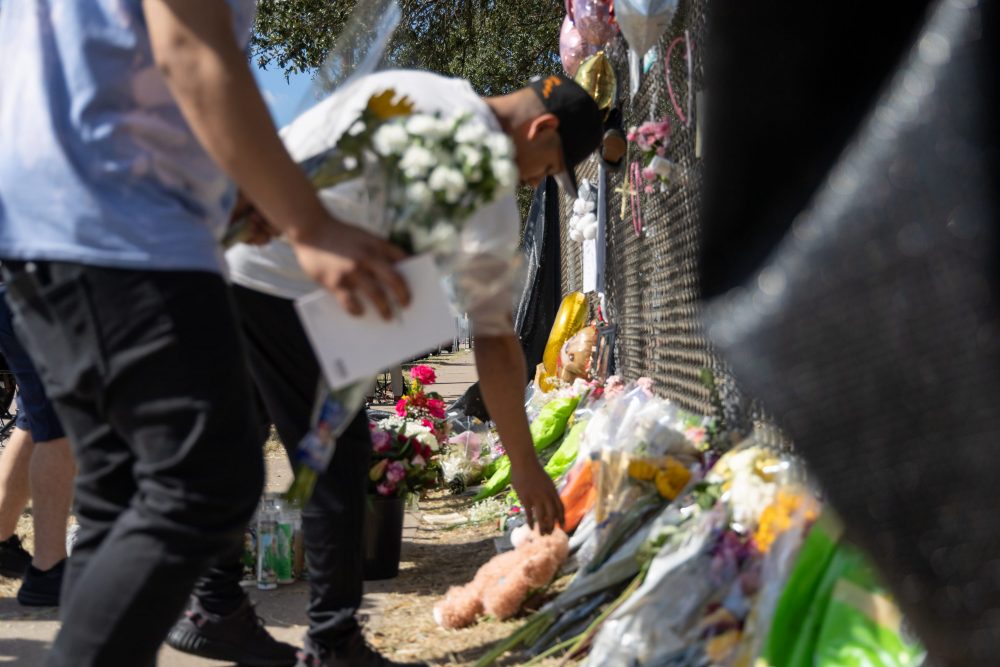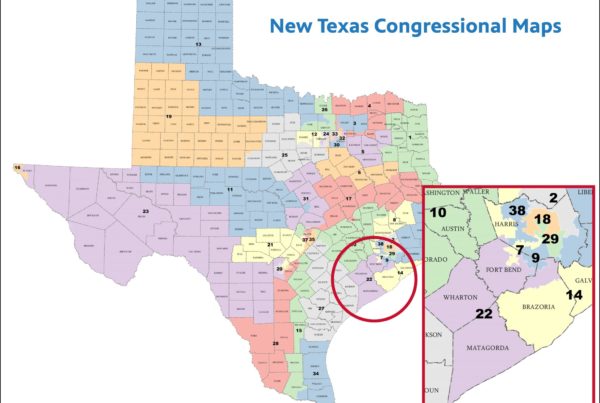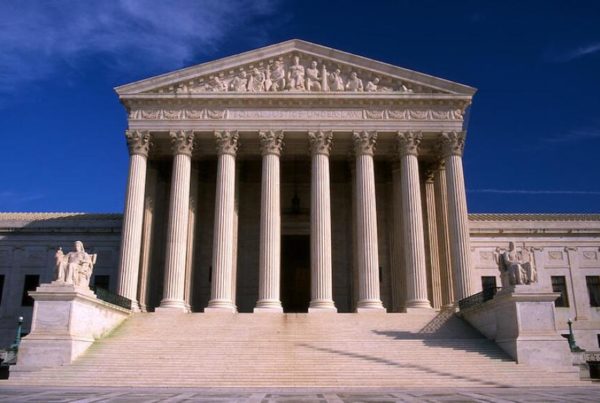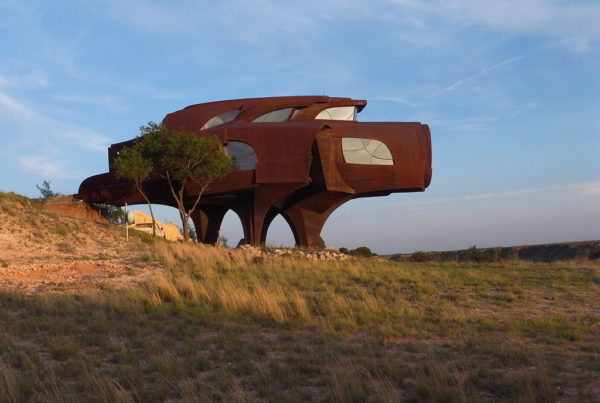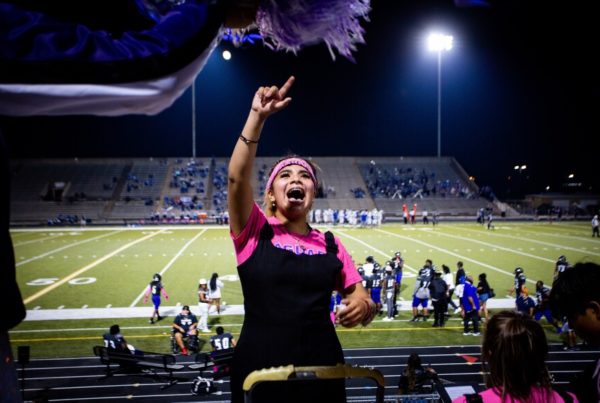Investigations into last weekend’s Astroworld Festival tragedy that left eight people dead and many more injured are underway. Civil suits are also rolling in. Among the defendants are performers Travis Scott and Drake, as well as the event’s organizer, Live Nation.
Eyewitness reports say that overcrowding and a rowdy audience seem to be at least partially to blame for a crowd crush that caused injuries and suffocation. But how do events like the one in Houston become dangerous, and what can be done to prevent these situations in the future?
Keith Still, a professor of crowd science at the University of Suffolk in England, tells Texas Standard that once crowds reach a certain density, conditions can become dangerous. Something as small as a stumble from a person in the back of the audience can cause a surge. And while there are guidelines for crowd density in the National Fire Protection Association’s Life Safety Code, it’s too early in the investigation to know whether or not those guidelines were being followed in Houston.
“The occupancy levels and load limits for events are clearly defined. And once you exceed that, there is always going to be a risk of a crowd surge,” Still said. “So, too many people in a space like that, there’s going to be problems.”
Listen to the full interview with Still in the audio player above.


